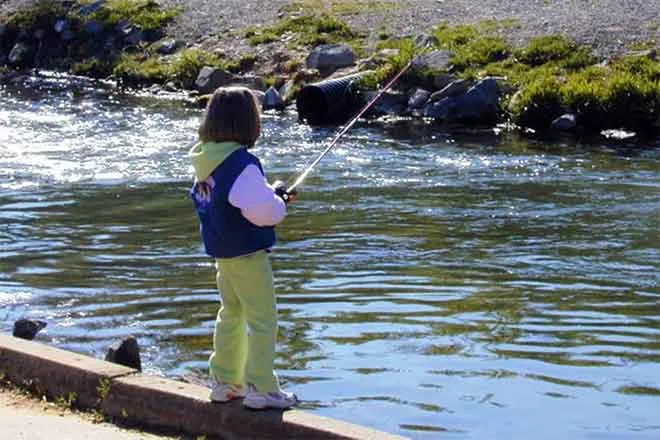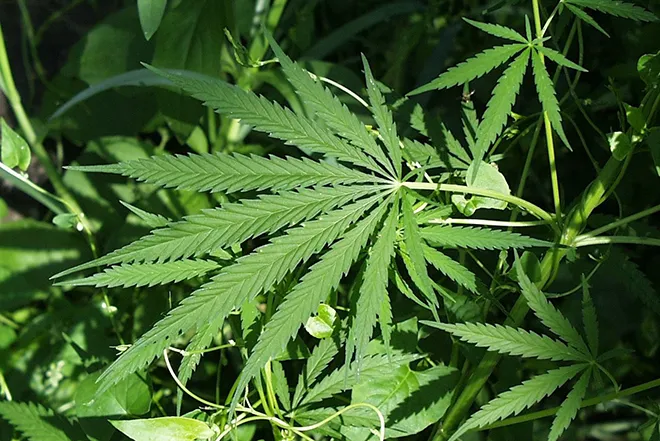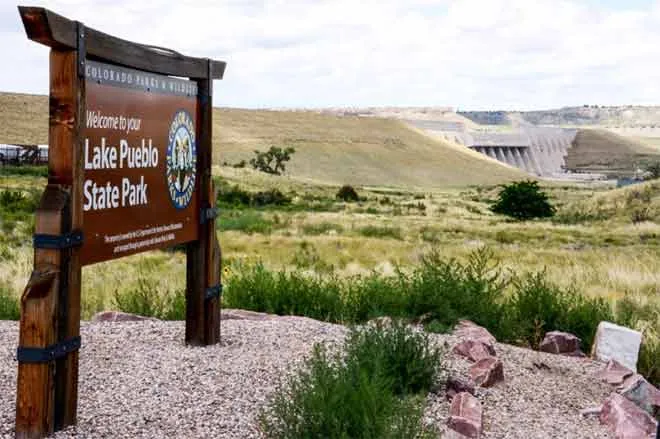
Colorado Tax Checkoff Benefits Wildlife Fund
© iStock
Help some of our state’s threatened and endangered wildlife by volunteering a contribution to the Non-game Conservation and Wildlife Restoration Cash Fund on your 2017 Colorado state tax return through the voluntary income tax checkoff. Donations made on Line 1 of Colorado tax form 104CH support wildlife rehabilitation and conservation throughout the state.
“Non-game species are both key indicators of, and contributors to, a habitat’s overall health,” said Reid DeWalt, Assistant Director of Colorado Parks and Wildlife’s Wildlife and Natural Resources branch. “CPW is vested in the long-term sustainability and balance of wildlife for future generations. Doing so is not without cost, and the income tax checkoff is a vital tool in supporting our efforts.”
The Non-game Conservation and Wildlife Restoration program supports species conservation for river otters, black-tailed, white-tailed and Gunnison prairie dogs, boreal toads, Gunnison sage-grouse, black-footed ferrets, Arkansas darters, and dozens of other species. Colorado Parks and Wildlife works diligently to monitor and maintain these populations for the benefit of all wildlife in the state.
Colorado is home to more than 750 vital species of wildlife that are categorized as “non-game” species or animals that are not hunted, fished or trapped. Some of the ongoing work and success stories of CPW’s conservation species programs include:
River otters: Otters were likely found in major streams statewide in Colorado prior to the 1800s. With settlement, subsequent water pollution and control of streamflows, otters disappeared from the state by the early part of this century. Between 1976 and 1991, Colorado Parks and Wildlife introduced around 120 river otters to several drainages, including the Upper Colorado, the Dolores and the upper South Platte rivers. While still a threatened species, Colorado’s river otter population is growing and expanding their geographic distribution. This healthy population indicates sufficient flows in high-elevation streams and quality water that supports the fish making up otters’ primary food source. Boreal toads: The boreal toad is Colorado's only alpine species of toad, listed as a state endangered species in 1993. It appears throughout most of the Rocky Mountains, usually at elevations between 8,000 feet and 12,000 feet. Formerly widespread and common, these small toads are now extremely scarce in large part due to amphibian chytrid fungus, a skin fungus which has also attacked many other amphibian species worldwide. CPW has played a critical role in efforts to restore boreal toads to Colorado ecosystems, raising over 130,000 tadpoles, toadlets and adult toads for translocation to their historical habitat. In 2014, biologists documented a breeding population of boreal toads near Cameron Pass—the first translocation effort that has resulted in known survival to the age of reproduction (4 or 5 years old). Canada lynx: The Canada lynx, once abundant in the mountains of Colorado, was no longer found in the state by the mid-1970s. The Colorado Lynx Reintroduction Program sought to re-establish the species in the state. Between 1999 and 2006, a total of 218 lynxes captured in Canada and Alaska were released into the San Juans in the Southwest region. Based on monitoring and tracking results as well as breeding surveys, by 2010, CPW declared the reintroduction program a success. Continued winter snow tracking and camera traps in southwestern Colorado monitor the status and health of the species in our state. Bats: Eighteen species of bats inhabit or pass through Colorado each year. To date, the fatal condition known as white-nose syndrome has not been discovered in our state. However, since being discovered in 2006, white-nose syndrome has spread from eastern states to regions west of the Mississippi, killing over 5 million bats in its wake. Surveillance monitoring of Colorado’s bat populations to keep tabs on their health due to the prevalence of this fatal disease is key to preserving this essential part of our ecosystem.
To make a voluntary contribution, use the checkoff box and donation amount area on line 28 of the 2017 Colorado state income tax form 104A. Contributors to the Non-game Conservation and Wildlife Restoration Cash Fund must also specify the amount of their donation on line 1 of Colorado tax form 104CH (the Voluntary Contributions Schedule form), which must be submitted along with 104A. Donations may be tax deductible.
Coloradans contributed more than $180,000 last year to help a variety of species through the tax checkoff, making the Non-game Conservation and Wildlife Restoration Cash Fund the number one fund out of over 20 options for Colorado residents. For additional information on the many species that benefit from your contribution, visit cpw.state.co.us.
Photos courtesy CPW


















